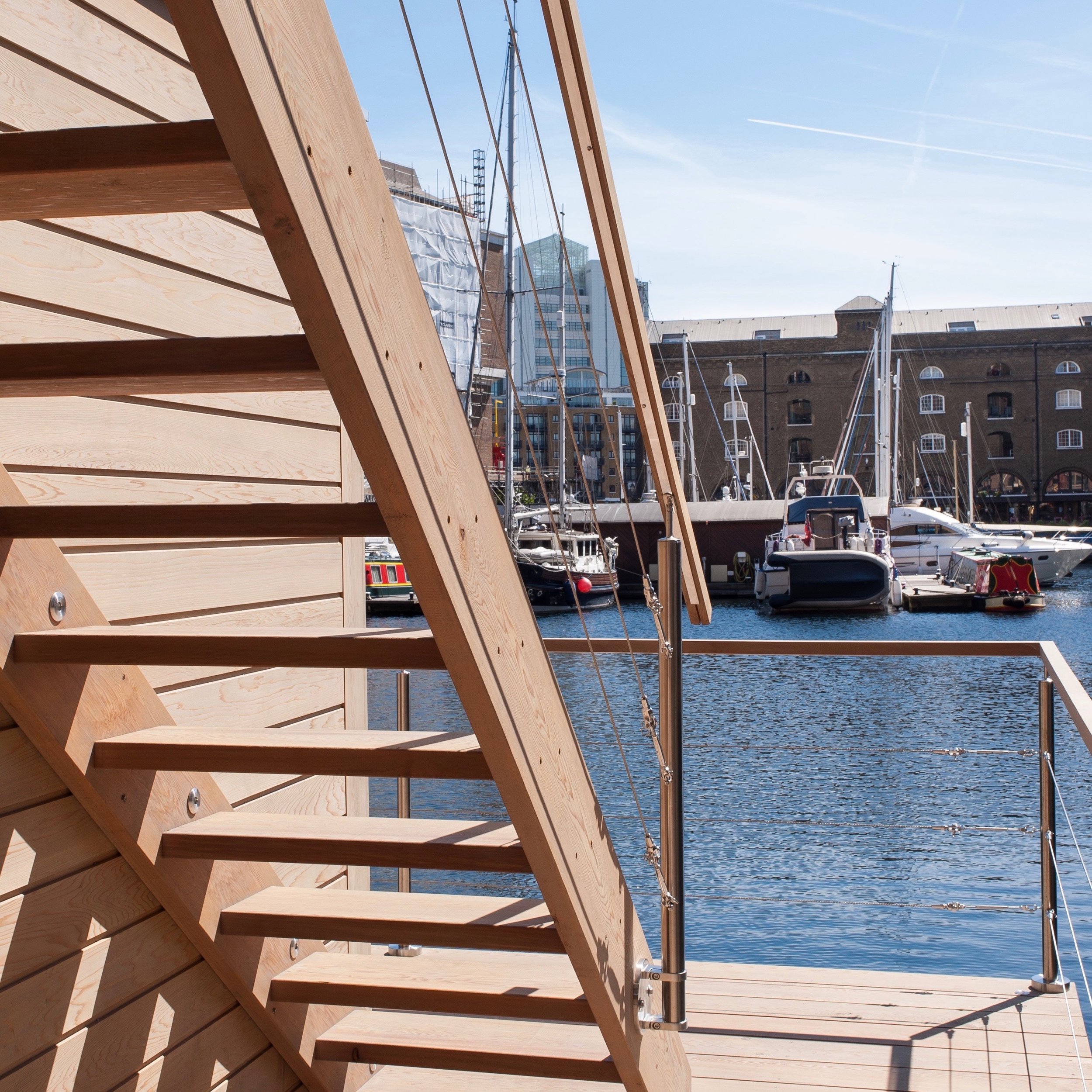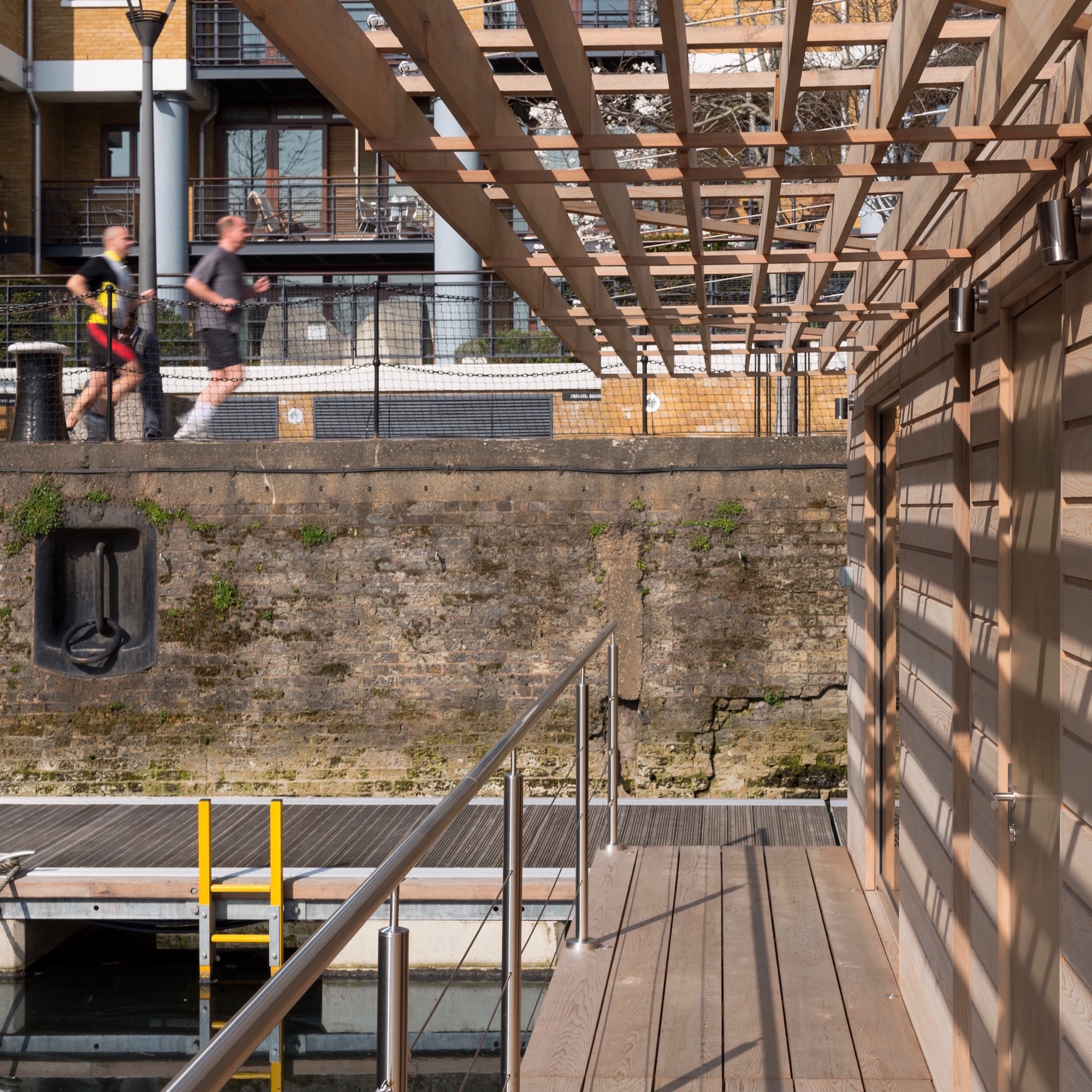Will we continue building with concrete, knowing its environmental impact? Architects wanting to build to last should look beyond materials that contribute to global warming.
Choosing local, natural materials where possible is a solid starting point, but experience tells us the obvious answer isn’t always the most sustainable. When creating a space that is designed to last, the durability of materials will also have an impact on sustainability.
On the surface, the first option might seem the obvious choice. International shipping and transportation are known contributors to CO2 emissions and global warming. However, the locally sourced wood is unlikely to be as durable because it is younger, therefore it will have a shorter life-span, requiring greater maintenance, and earlier replacement.
The local cedar is on a shorter harvest cycle than the Canadian, which means the trees are felled when they are younger. This lowers the life-expectancy of the wood, so the local timber will have to be replaced once or twice within the lifetime of the Canadian timber cladding.
The increased durability of the Canadian cedar is the result of growing in a colder climate. The further north you go, the stronger and longer-lasting the timber is. This is because the trees grow more slowly, the cell structures are denser, and the growth rings are closer together. These trees grow fewer branches (and so the wood contains fewer knots) because if those limbs are weighed down by snow, they could be ripped off, damaging the tree. The wood also sees less disease and pests, as the climate doesn't allow them to thrive.
Planning for Longevity
Over the life of the building, the Canadian timber is gentler on the environment, despite the CO2 emissions involved in the shipping. This demonstrates that choosing the most sustainable material is an intricate calculation, where the CO2 emitted in the supply chain must be offset against the degradation and potential replacement of the material. This applies to natural and artificial materials alike. After all, brick-and-mortar buildings may fall into disrepair while timber-framed Tudor houses survive.
An article published by the Architects’ Journal cited global concrete production at approximately 11,000 million m3/year, with current timber production estimated at 3,800 million m3/year. Despite acknowledging that significant replacement of concrete with timber might reduce CO2 emissions, the journal suggested this would dramatically increase deforestation, linking to a 2018 study classifying drivers of global forest loss. This study, however, identifies the production of beef, soy, palm oil, and wood fibre, as significant contributors to deforestation – and not timber production.
Sustainably sourced timber does not contribute to deforestation because the felled trees are continuously replaced. Additionally, Professor Chad Oliver of Yale University in a report (March 2014) for the Journal of Sustainable Forestry estimates the world’s forests contain about 385bn cubic metres of wood, with an additional 17bn cubic metres growing each year. Only 3.4bn cubic metres are harvested annually, and mostly for fuel. This demonstrates there is ample supply, and building with wood instead of concrete, bricks and steel would drastically cut global emissions.
Whatever happens over the next hundred years, the planet will adapt – but will we? Materials that are kinder to our environment are right in front of us. If we wait any longer before choosing sustainable solutions, our concrete walls may well come tumbling down.







